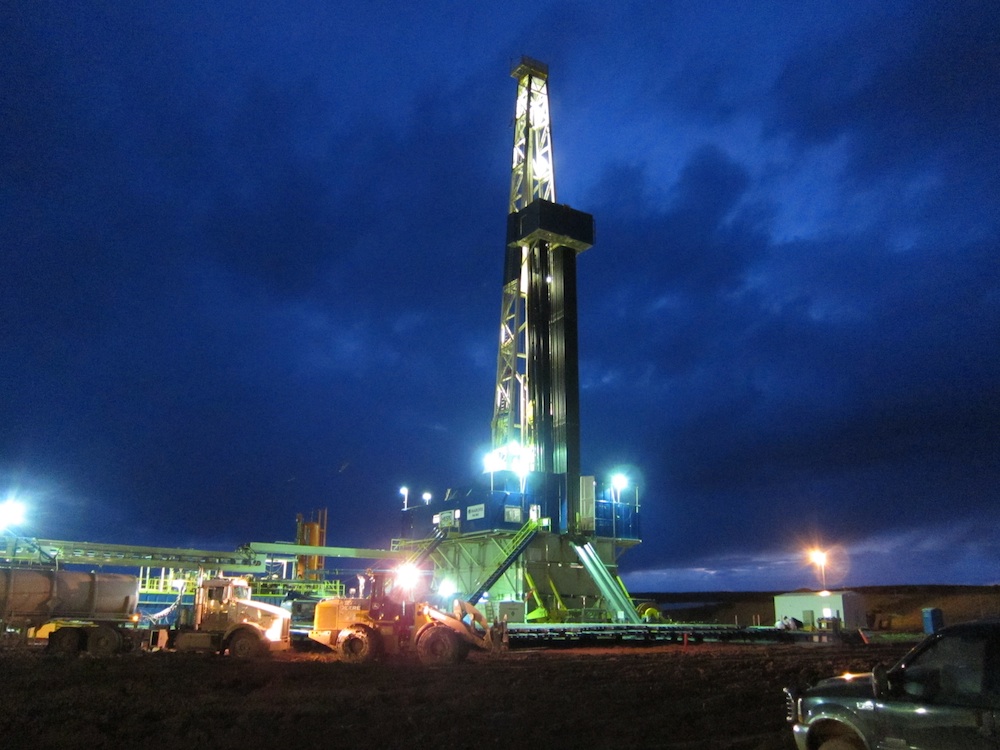Wastewater Disposal Linked to Oklahoma Earthquake Swarm


The small earthquakes repeatedly shaking Oklahoma are likely linked to wastewater disposal from oil and gas extraction, known as fracking, according to the U.S. Geological Survey.
More than 200 magnitude-3.0 or larger quakes have hit central Oklahoma since January 2009, a big rise in seismicity over previous levels. The USGS and the Oklahoma Geological Survey are studying whether the increase in earthquakes is natural or manmade. The most recent results show only one to three earthquakes bigger than magnitude-3 hit every year between 1975 to 2008. But between 2009 to mid-2013, the average jumped sharply to 40 earthquakes bigger than magnitude-3. The ongoing swarm includes the largest temblor ever recorded in Oklahoma.
The analysis suggests that a contributing factor to the increase in earthquakes triggers may be from activities such as wastewater disposal — a phenomenon known as injection-induced seismicity, the USGS said in a statement. "These results suggest that significant changes in both the background rate of events and earthquake triggering properties needed to have occurred in order to explain the increases in seismicity," Bill Leith, a USGS seismologist, said in a statement. "This is in contrast to what is typically observed when modeling natural earthquake swarms."
Read more: United State Geological Survey
Email Becky Oskin or follow her @beckyoskin. Follow us @livescience, Facebook & Google+.
Get the world’s most fascinating discoveries delivered straight to your inbox.



